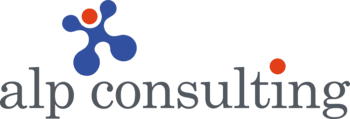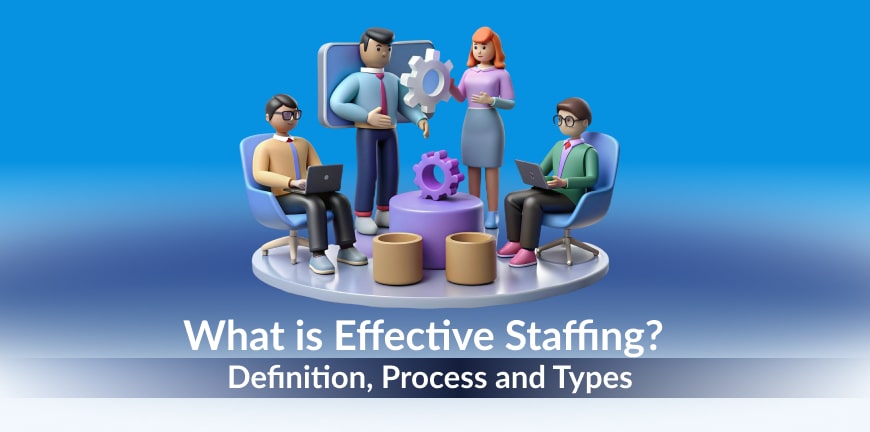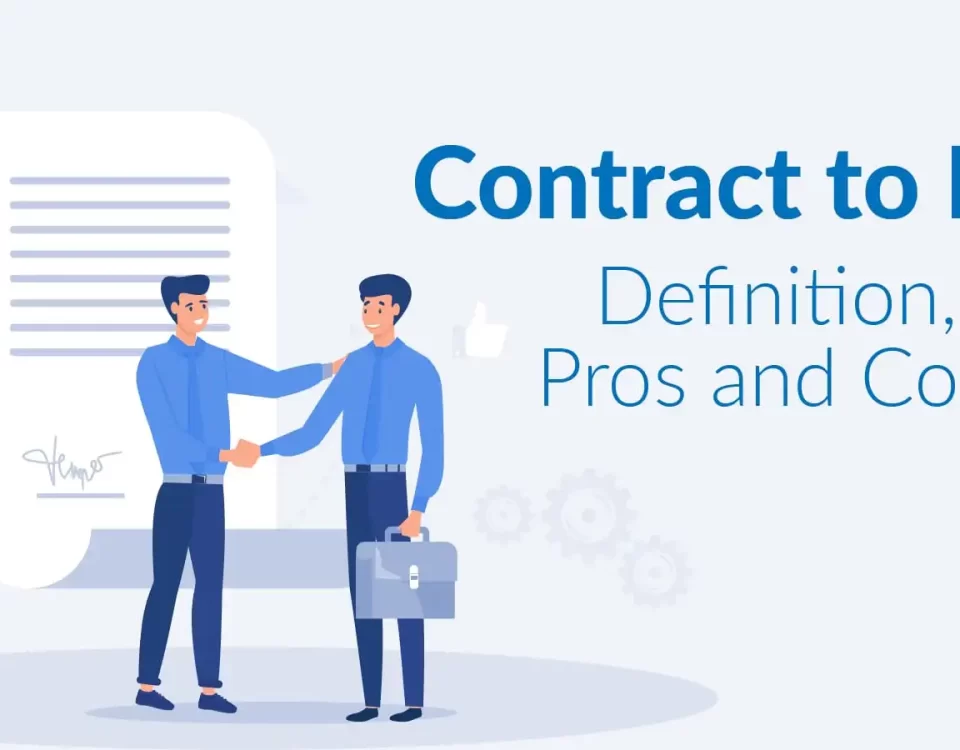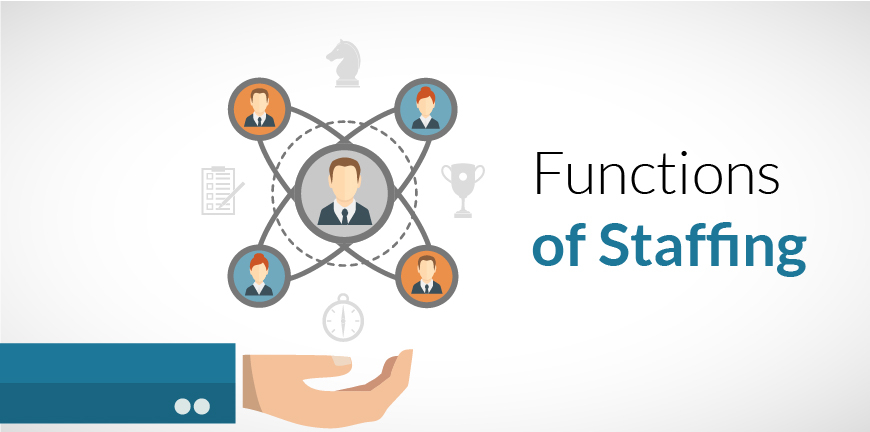
What is Employee Referral? Definition, Benefits and Tips
15/05/2025
What Is Shop & Establishment Act Compliance? Checklist & Importance
15/05/2025- Introduction
- What is Effective Staffing?
- What are the benefits of Effective Staffing?
- What is a staffing process: Key Steps to Effectiveness
- What are the 4 Different Types of Staffing?
- What are the Characteristics of Effective Staffing?
- Are You Looking for a Staffing partner?
- Frequently Asked Questions (FAQs)
Introduction
Does your organization have a skilled team in place to meet your business goals? If yes, then your company is ahead as it is the pinnacle for executing effective staffing. It Is about how you strategically attract, recruit, position and retain talent ensuring that they that align with your vision.
A robust staffing system is reflective of a company with a workforce entailing required skills, experience, and the ability to function efficiently and adapt to evolving challenges gearing up to thrive.
What is Effective Staffing?
An effective staffing is the efficient and strategic sourcing, hiring and onboarding of workforce by a company where the correct individuals are selected for the right roles catering to the goals of an organization.
A resolute team with necessary skills will contribute to the growth of an organization and help meet their business objectives. Good staffing drives employees to foster a positive work environment. A proper staffing method also helps in minimizing hiring costs and training delays.
What are the benefits of Effective Staffing?
Effective staffing strategies can be advantageous to organizations as they seamlessly plan workflows and cultivate a positive and productive work environment. Let us check out some of the benefits of staffing:
1. Enhanced Productivity
When an organization places the right employees in roles authentically matching their skills, strengths, and experience. The process designs a space which fosters maximum productivity and job satisfaction.
This alignment demonstrates the capabilities of employees and establishes that they can not only handle their responsibilities but can excel and bring innovate ideas to the table. The productivity is accelerated as confident employees can complete their tasks with less errors minimizing bottlenecks and amplifying the operational flow.
2. Reduced Costs
Effective staffing strategies significantly contribute to cost efficiency as they minimize employee turnover, diminish hiring and onboarding expenses, it also reduces the training expenses as appropriate individuals are hired for appropriate roles right from the beginning.
Companies tend to function seamlessly as they do not have to suffer due to vacancies or lack of performance. The result of this is less dependency on frequent recruitment drives and reliance on external hiring agencies.
An Efficient staffing processes also enable the retention of experienced employees alleviating the requirement of repetitive training programs leading to efficient allocation of resources.
3. Employee Satisfaction
The alignment of skills, career goals of employees with their suitable job roles make them feel respected and valued and enable them to hone their strengths, give their best performance and in return experience a sense of fulfilment.
As employees feel that they are competent, they feel motivated to contribute to the company’s larger goals. Employees who are engaged are likely to foster a positive work environment and stay loyal along with being productive.
Effective staffing enhances overall job satisfaction and creating a thriving environment for employees.
4. Competitive Advantage
An organization is bound to get its competitive edge if it strategically attracts and top talent. Individuals who perform brilliantly will contribute to the company’s growth in myriad ways.
They bring to the table innovative ideas, fresh perspectives specialized expertise, and robust work ethics. The processes of a company can be streamlined with innovation driven, processes enhancing customer satisfaction.
If an organization is well known for its effective staffing methods and positive work environment, it will automatically draw skilled individuals fostering a culture of growth and improvement.
A company can stay ahead of the curve by creating and sustaining a sturdy workforce positioning itself to be a market leader and long-term success.
5. Flexibility and Agility
An effective staffing plan enables organizations to swiftly cater to the evolving needs of the market at times of market fluctuations, and unprecedented challenges.
A company with a robust workforce including a mix of full-time employees, temporary staff can scaleup and down its operations as per requirements not having to compromise on productivity or quality.
Appropriate and flexible staffing practices entailing workforce planning, skills mapping, and proactive succession strategies allow firms to reallocate resources swiftly addressing new opportunities and demands.
A flexible and well-organized staffing model accelerates the adaptability level of an organisation ensuring continuous productivity and high-level performance even during uncertain times.
What is a staffing process: Key Steps to Effectiveness
A staffing process can be made effective with proper planning and strategy ensuring right people are selected for right job roles. Here are a few steps in effective staffing:
1. Workforce Planning
The foremost step is manpower planning that involves assessment of an organizations existing workforce and analysing them for potential shortages or skill gap. The process also involves identifying and understanding future requirements.
The current workforce and future requirements should be well evaluated and comprehended ensuring that appropriate employees re recruited for suitable roles at the right time.
2. Recruitment Process
A recruitment process is a critical step where qualified talents are identified and attracted to fill potential job roles in organizations. individuals to fill organizational vacancies.
This phase is about getting clarity on understanding of the job needs that includes experience, talent, and cultural fit. An organization then design compelling job descriptions based on the roles vacant to attract eligible candidates. An array of channels is used to tap potential talents.
3. Selection Process
An organization after posting job ads on social media and other channels must craft a structured approach. the process kickstarts with the screening and reviewing of applications.
Resumes and cover letter are assessed thoroughly ensuring the best candidates cater to the required qualifications and align with the job requirements. Many organizations are using innovative systems like applicant tracking systems (ATS) or other digital tools to filter applications efficiently.
4. Onboarding Process
After selecting suitable candidates, organizations embark on another crucial phase which is onboarding. This is a process which is initiated after a candidate accepts the job offer.
The step process continues through their initial weeks or months on the job. The ultimate focus of organizations here is to ensure smooth transition of new hires into the organization by providing them with substantial knowledge, tools, and support to be successful in their roles and connect to the company and its objectives.
5. Training and Development
Training and development are a vital element of workforce management driving and accelerating the abilities of employees to perform well in their current roles and nurturing them for future responsibilities.
Organization must develop appropriate training programs and sessions to help guide a new joiner to understand the organizational goal and support them with the with necessary skills to contribute to the growth of the organization along with their personal growth.
They should be agile enough to adapt to changing business requirements, industry trends and innovations.
6. Performance Management:
Performance management in staffing is a continuous process involving evaluation and reviewing of employee performance to ensure enhanced employee performance effectiveness by implementing strategic methods driving individuals’ contributions to align with the objectives of an organization.
It is the responsibility of an organization to not just focus on annual performance revises but to make it an ongoing process with constant feedback, goal setting and planning, crafting a clear structure to track progress and accelerate results.
7. Retention Planning
It is imperative that companies retain top talent by creating a supportive and positive work environment where employees feel valued and appreciated. An engaging, inclusive, collaborative and growth-oriented workplace is likely to retain employees as they boost their morale and loyalty.
Strategies like offering a competitive compensation and benefits can also be implemented to enhance retention. It demonstrates the company’s efforts towards the growth and well-being of an employee.
What are the 4 Different Types of Staffing?
There are five types of effective staffing services and organizations leverage them depending on the requirements and job roles. Let us have a look at the types of staffing:
1. Contract Staffing
Contract staffing is a staffing solution that is flexible, here a particular candidate is hired for a specific period. It could be for a project under a contractual agreement. Organizations usually bring in qualified professionals for a brief period or a long term without the commitment of permanent hiring. These contracts can range over a period depending on the job scope and business needs.
2. Staff Augmentation
Staff augmentation is a model that entails recruitment key roles, usually for a specific project where a skill gap needs to be addressed. It is mostly for a fleeting period or a need to work basis. The individuals are recruited by a staffing agency and will be managed by them from start to end.
3. Speciality Staffing
Speciality staffing is a method where individuals with specialized expertise are hired for specific demanding roles, for instance legal staffing is a classic example of speciality staffing. This area of staffing requires a candidate to have insightful knowledge and expertise in law and the provisions of the constitution.
4. Virtual Staffing
The outsourcing of tasks to a large pool of remote working professionals by companies is virtual staffing. This approach is also flexible and does not involve any employee benefits or compensation packages like traditional staffing methods. However, if the professionals meet or exceed the company’s expectations in terms of performance they could be considered for full-time job roles after project completion.
What are the Characteristics of Effective Staffing?
Here are some key characteristics of effective staffing in HR:
- Right Person–Right Role: Recruiting individuals whose skills, experience, and personality cater to the job requirements.
- Strategic Workforce Planning: Long-term organizational goals and talent needs must align with staffing efforts.
- Timely Hiring: Swift and prompt filling of positions to avoid disruptive work environments and delayed productivity.
- Diversity and Inclusion: Creating son inclusive a workforce entailing myriad backgrounds, perspectives, and experiences.
- Skill-Based Recruitment: Focus on job specific skills during hiring like technical, soft, etc,
- Regulatory Compliance: Comply with labour laws, industry standards, and evolving ethical hiring practices.
- Cost Efficiency: Striking a balance between quality and budget to enhance return on hiring investments.
- Scalability and Flexibility: ability to scale workforce up and down as per evolving business needs.
Are You Looking for a Staffing partner?
Finding the right staffing partner can be a transformative phase for your company’s growth and efficiency. If you are planning on scaling your workforce and finding it hard to handle fluctuating workloads, or looking for niche talent, a reliable staffing partner like Alp Consulting brings to the table expertise, speed, and flexibility to your hiring procedures.
We will not just fill roles but understand your work culture, business goals and workforce challenges. We will help you in providing effective solutions for you in areas of permanent hiring, contract staffing, or project-based teams. We will take care of end-to-end workforce management from start to finish, enabling you to focus on core operations.
Frequently Asked Questions (FAQs)
1. What is effective staffing?
An effective staffing is a process where organizations hire the right people for the right jobs driving business growth and enhancing operations. A strong workforce can take company to great heights.
2. Why is effective staffing important?
Effective staffing is essential for the growth of an organization as it not just enhances productivity but reduces turnover and creates a positive work environment,
3. What does effective staffing mean in HR?
Effective staffing in HR is a method in which work cycles are comprehensively managed from identifying candidates to screening to recruitment and onboarding ensuring that it aligns with the primary goal of the organization.
4. What are the different types of staffing methods?
Some of the primary staffing methods entail permanent to temporary encompassing contract, freelance, and project-based options. These steps may change as per the duration of the job, the type of work i, and the level of involvement.
5. What is the difference between staffing and recruitment?
Staffing is a process entailing recruitment and managing a workforce. From identifying candidates to screening hiring and onboarding. While recruitment is just a party of staffing where candidates are identified and selected.
6. How does effective staffing impact employee retention?
The impact of effective staffing in employee retention is immense as it ensures the recruitment of appropriate skilled professionals for suitable job roles aligning with the company’s goals.
7. What are the main challenges in effective staffing?
The primary challenges encompassing effective staffing are retention of individuals, skill gap solutions, adhering to labour laws, maintaining a positive employer brand and many more.
Contact Us For Business Enquiry

Kasthuri R
Kasthuri R is the Co-Founder & Executive Director at ALP Consulting, bringing over 23 years of experience in search, staffing, and HR consulting. She has been instrumental in driving ALP’s recruitment, employee leasing, and executive search practices across diverse industry verticals. With deep expertise in talent acquisition, HR strategy, and operational management, Kasthuri has built scalable, client-focused solutions that enhance workforce efficiency. Her strategic leadership continues to steer ALP Consulting toward innovation and excellence in people management.




